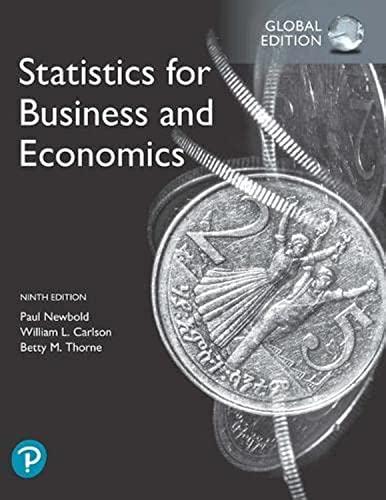A pharmaceutical manufacturer is concerned that the impurity concentration in pills should not exceed 3%. It is
Question:
A pharmaceutical manufacturer is concerned that the impurity concentration in pills should not exceed 3%. It is known that from a particular production run impurity concentrations follow a normal distribution with a standard deviation of 0.5%. A random sample of 81 pills from a production run was checked, and the sample mean impurity concentration was found to be 3.08%.
a. Test at the 5% level the null hypothesis that the population mean impurity concentration is 3% against the alternative that it is more than 3%.
b. Find the p-value for this test.
c. Suppose that the alternative hypothesis had been two-sided, rather than one-sided, with the null hypothesis H0 : m = 3. State, without doing the calculations, whether the p-value of the test would be higher than, lower than, or the same as that found in part (b). Sketch a graph to illustrate your reasoning.
d. In the context of this problem, explain why a one sided alternative hypothesis is more appropriate than a two-sided alternative.
Step by Step Answer:

Statistics For Business And Economics
ISBN: 9781292315034
9th Global Edition
Authors: Paul Newbold, William Carlson, Betty Thorne




